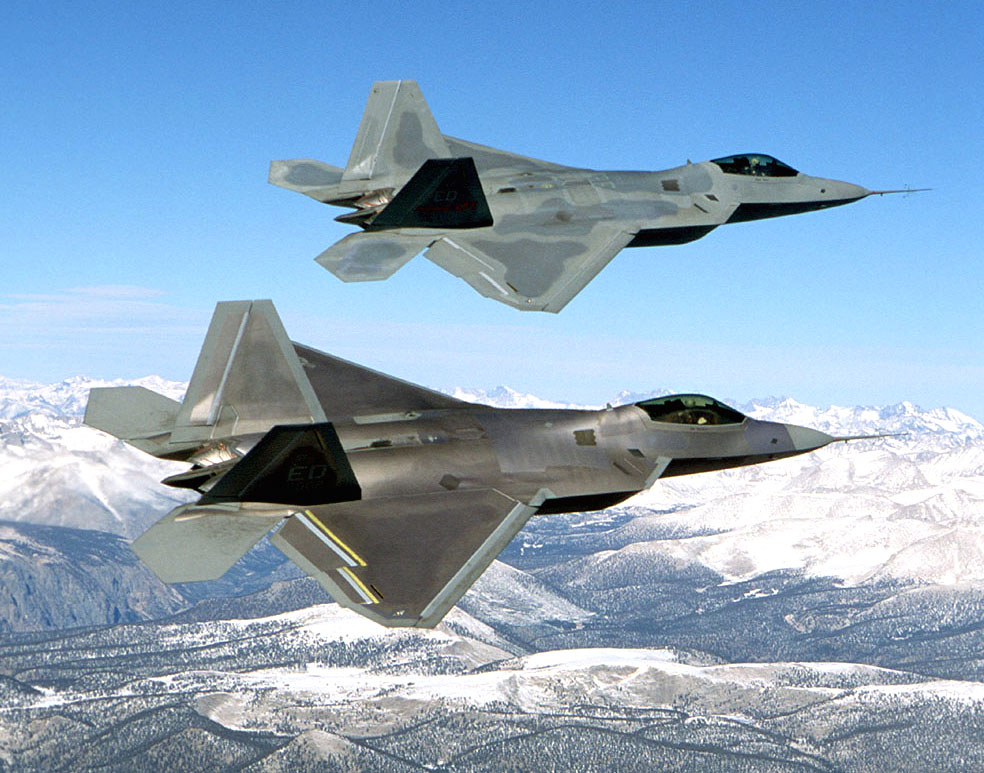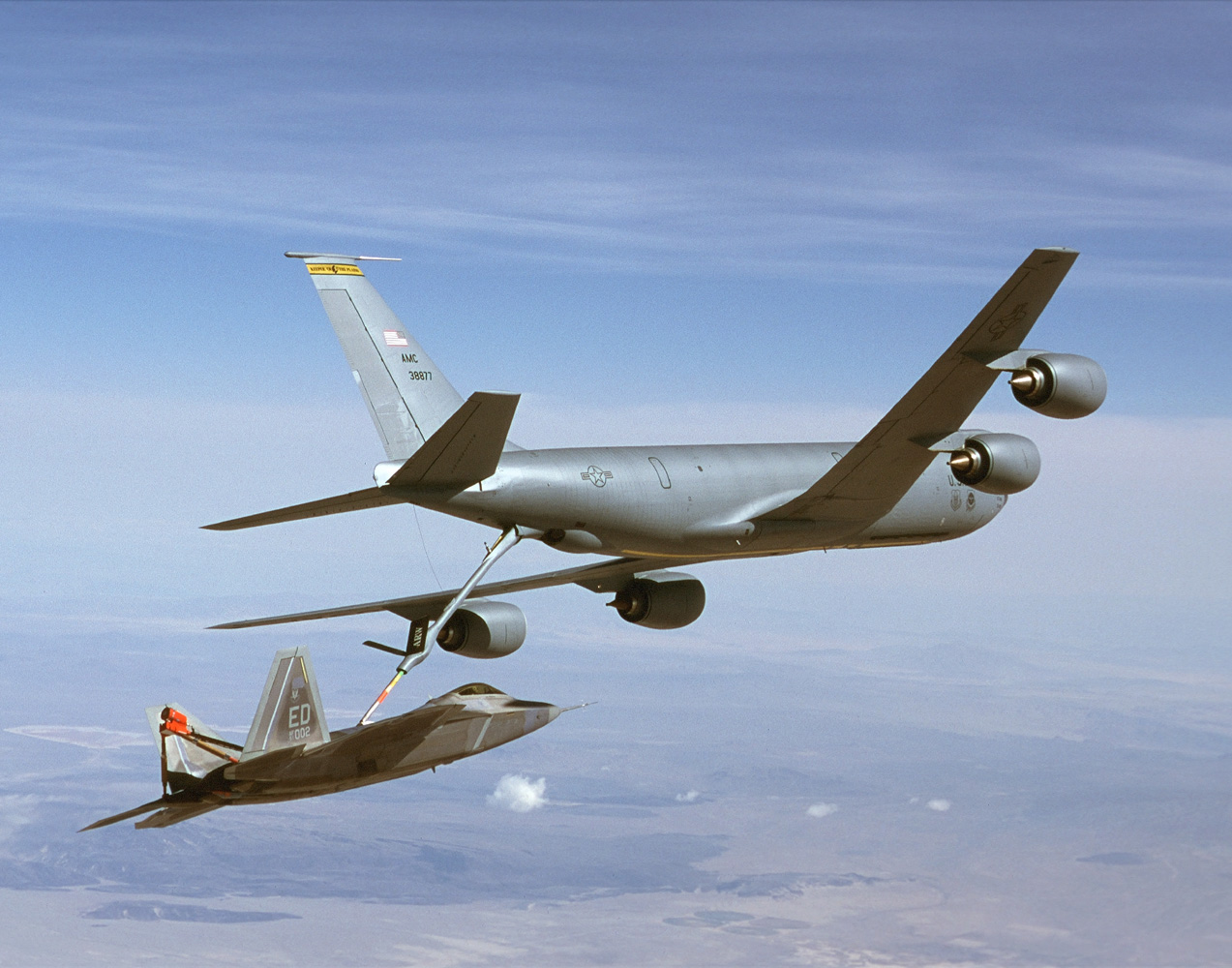
The activities of the F-22 Raptor have garnered significant attention from the media.

However, it’s crucial to pause and reflect on the journey and strategic significance of this fifth-generation fighter jet.

Over the past seven years, the F-22 program has encountered numerous obstacles such as budget cuts, delays, and organizational changes, complicating the task of monitoring its progress.

Initially slated for a purchase of 750 aircraft, this number has steadily dwindled over time to 650, then 600, and eventually 442.

Following the Quadrennial Defense Review, the planned inventory has been further reduced to 339, just slightly exceeding the capacity of three wings.

As the procurement numbers decrease, the unit cost has proportionally increased.

Some members of Congress express apprehension that the escalating costs of the F-22 might outweigh its operational value.

Senator John Glenn (D-Ohio) recently expressed his worries during a Senate Armed Services Committee hearing, stating that “We must be vigilant that the program not go the way of previous programs” like the B-2, “where the sticker shock overwhelms the capability improvements.”

The recent downings by the F-22, the first time the jet has been employed in an air-to-air kill capacity, did not involve the advanced enemy fighter jets it was originally designed to combat but rather targets of an unconventional nature.

The incidents have sparked a discourse on the current role and practical utility of the Raptor in contemporary warfare.

Conceived in the 1980s as a replacement for the F-15 and F-16, the F-22 brought to the skies a culmination of lessons learned in air combat over half a century, manifest in its stealth capabilities, supercruise speed, and unparalleled situational awareness.

Despite the advanced capabilities that make the F-22 a formidable asset within the U.S. military’s arsenal, its lack of combat ‘kills’ prior to these events is notable but not altogether surprising.

The F-22 arrived at a time when state adversaries with substantial air power were not engaged in direct combat with U.S. forces, diminishing the potential for traditional air-to-air encounters.

Its deterrent effect, however, has remained a critical component of U.S. military strategy, and its utility in air-to-ground attacks has been proven in various theaters, such as the operations against Islamic State assets in Syria during the 2010s.

Related image you might interested:
Relevant articles:
– F-22 Raptor: The Formidable Fighter Jet That Never Shot Down Another Plane, simpleflying.com
– The F-22 Out Front, Air & Space Forces Magazine
– F-22 Raptor History, GlobalSecurity.org
– After nearly 2 decades in service, the F-22 has its first air-to-air kills — neither against the jets it was designed to fight, Business Insider, Feb 10, 2023

